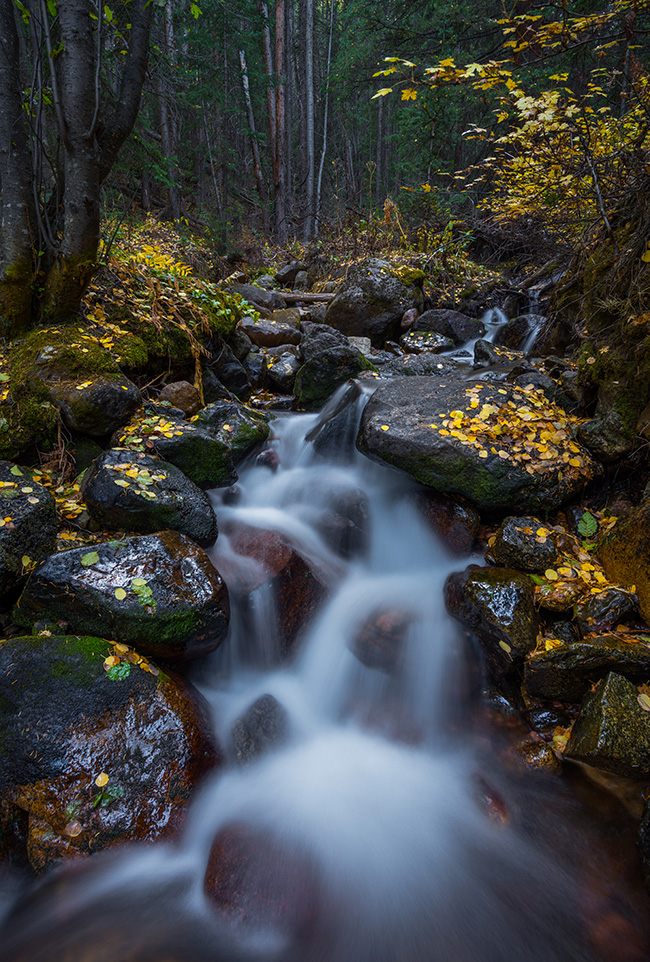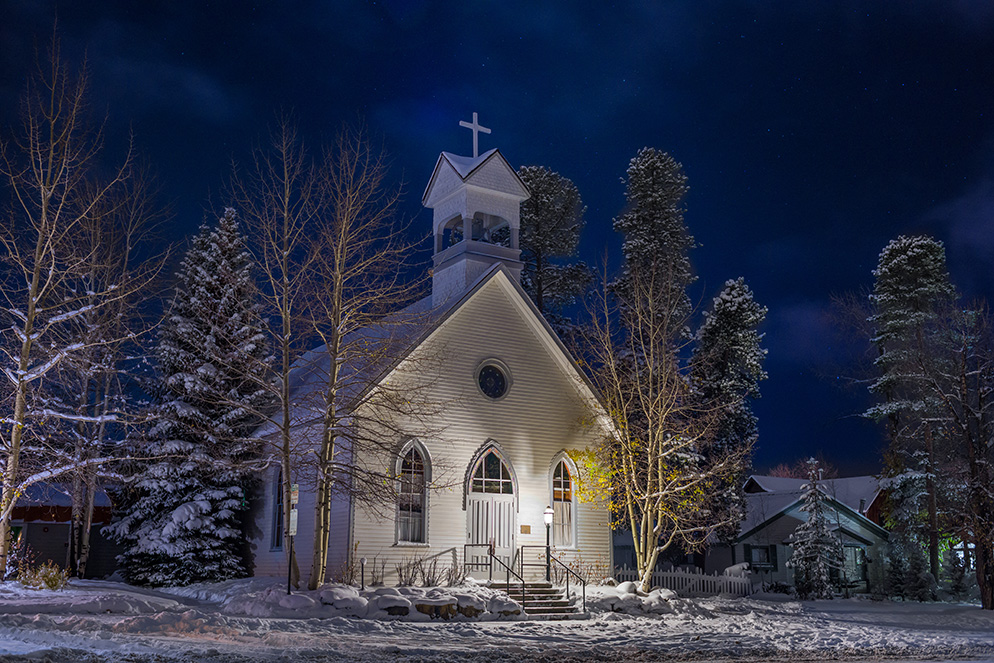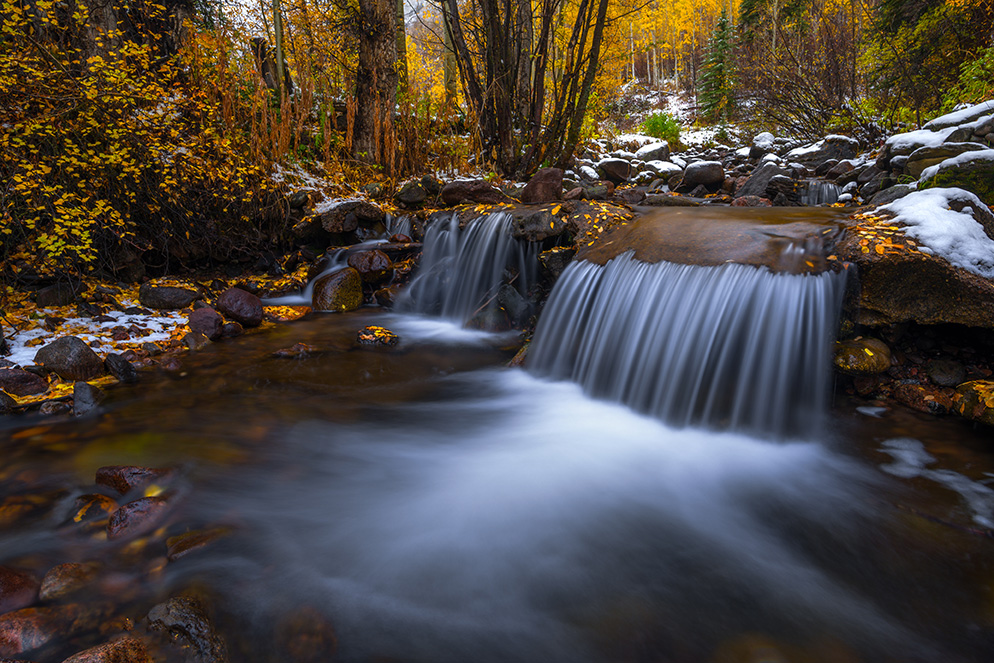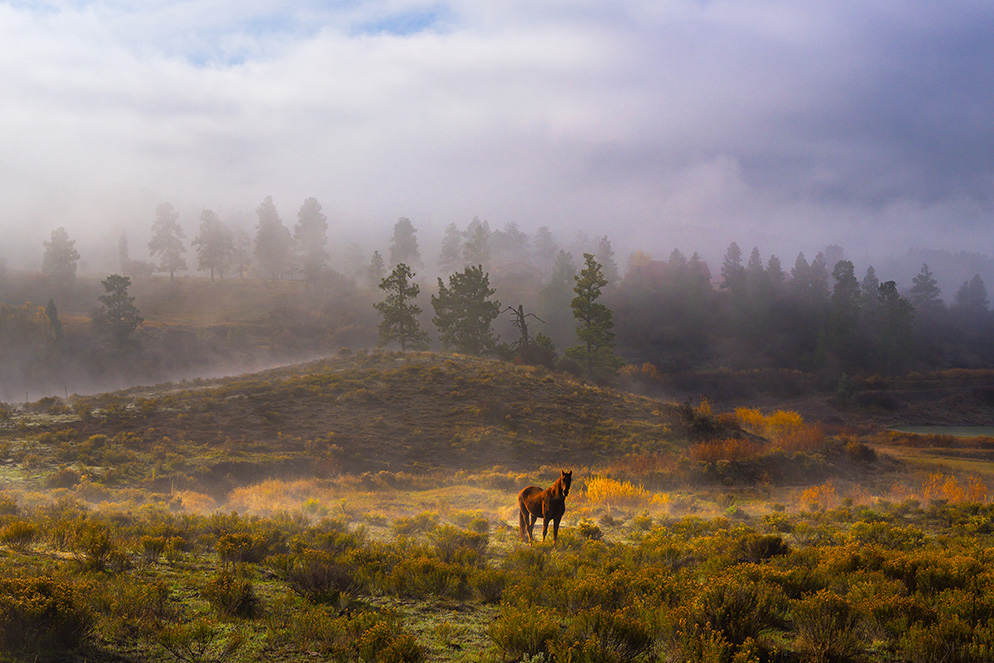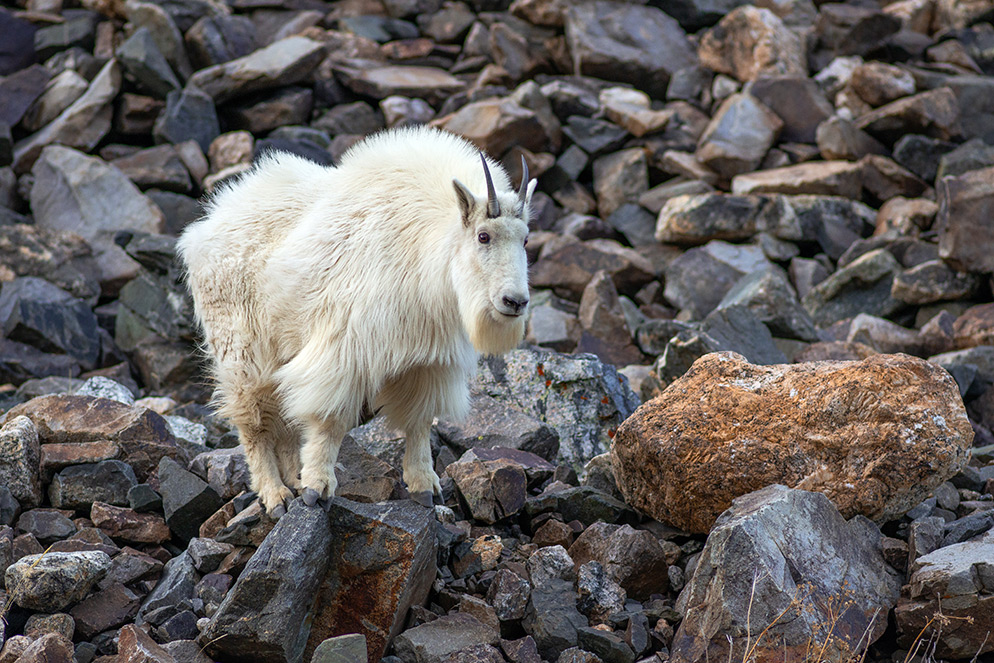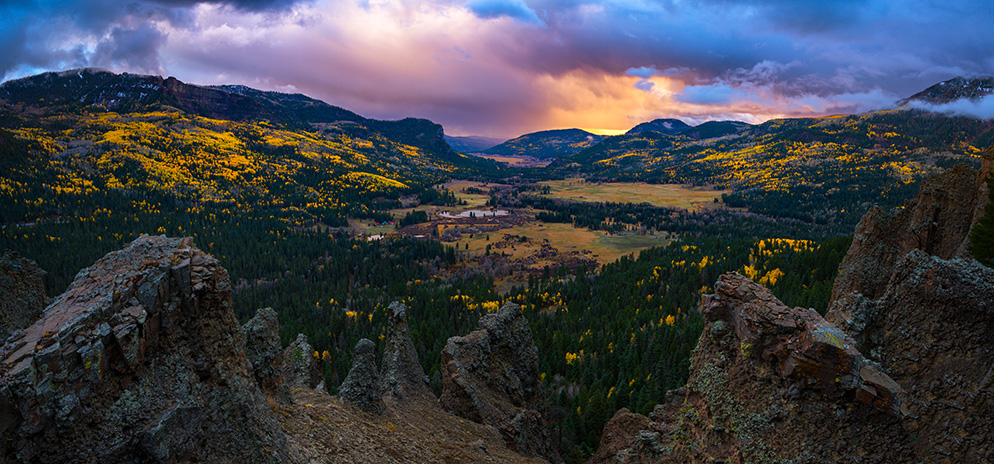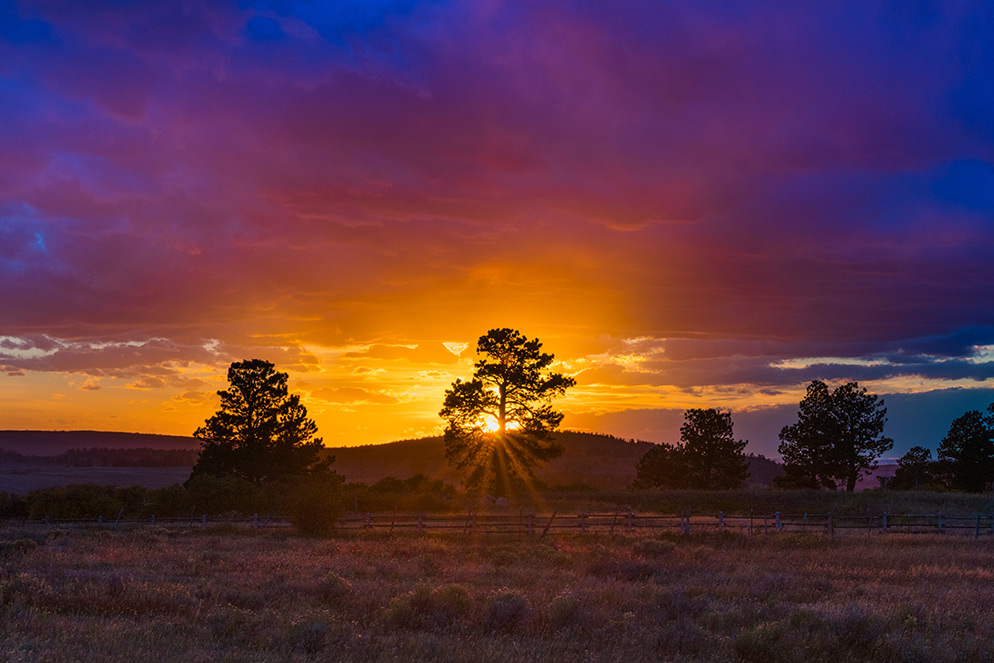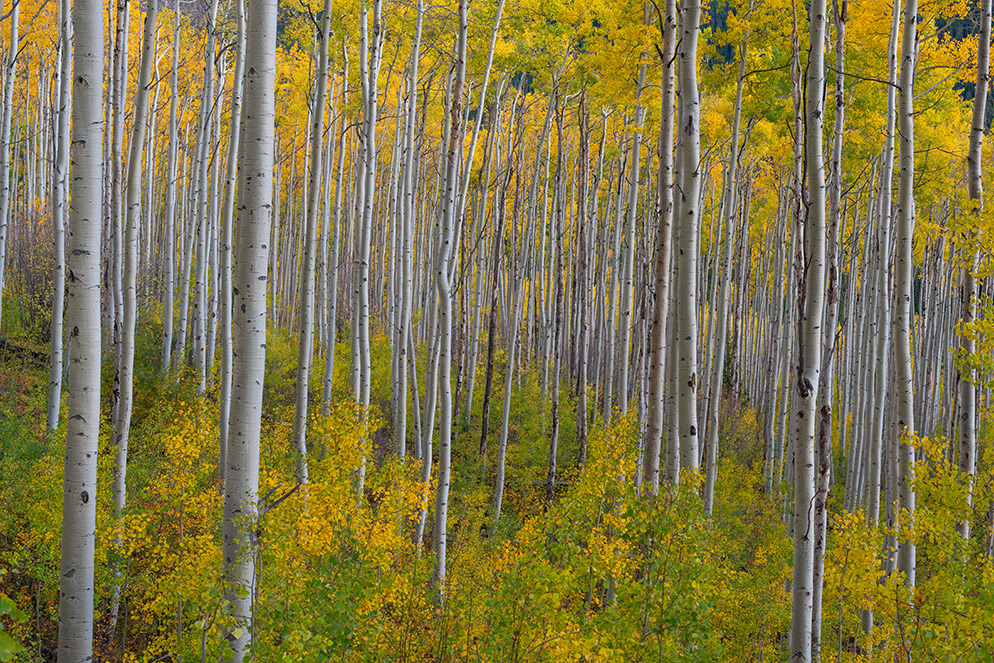Discoveries: A Landscape Photographer Explores Close to Home
You might think of a landscape photographer as an explorer, which is what we're going to do for the purposes of this story. The landscape photographer we have in mind is Dave Siloac, and in this case, the thought isn't much of a stretch.
When he's photographing close to his Breckenridge, Colorado, home, he's most likely to be searching for new views of familiar territory, using the time of the day, the season of the year, weather conditions, changes in the light or simply his point of view to spark ideas for his images.
When he's traveled farther, to, say, Kauai in Hawaii, Acadia National Park in Maine or Chichen Itza in Mexico, he's looking to discover new places in which to create images.
Not too long-ago Dave went exploring with the Z 7, and that caught our attention because of the quality of the images he captured, the fact that they were different views of familiar close-to-home territory and that it was the Z 7 that inspired him to see those familiar surroundings in different ways.
Dave discovered this creek down a hiking trail in Frisco, Colorado. It was the first location he visited with his Z 7, and the photo is the first test shot he made. "It was about an hour before sunset, with good, flat light—no hot spots. With all those mossy rocks, the challenge was finding a spot for the tripod." Z 7, AF-S NIKKOR 20mm f/1.8G ED, Mount Adapter FTZ, 4 seconds, f/11, ISO 64, aperture priority exposure, Matrix metering.
New Views
With no trips planned, and wanting to see what the Z 7—his first mirrorless camera—could do, he basically decided to set his mind before setting the camera. "Sometimes it takes something like a new camera to push you," he says, "and I got into that mindset: I need to be out there, looking. I need to see the world differently."
At Pagosa Springs, close to Breckenridge, Dave waited for the horse to move into the band of light. "The fog drew me to the area. I knew it was going to lift and there'd be an opportunity. The wild horses are kind of skittish, so it's a hand-held shot—you don't have time to set up a tripod—and the Z 7's built-in image stabilization was huge for a situation like this." Z 7, AF-S NIKKOR 58mm f/1.4G, Mount Adapter FTZ, 1/400 second, f/8, ISO 200, aperture priority exposure, Matrix metering.
Admittedly, he lives in a beautiful part of the country, but he says, "A lot of places have [potential]—just look around state parks in your home town and you'll find some pretty stream or some nice stand of trees—you'll find something, and then it's all about setting it up so you can make something happen. Location is important, but the most important thing is how you're seeing that location."
As example of how that works, consider the photo of an aspen grove that accompanies this story. "Aspens are really common around here," Dave says, "and they draw people from all over the world, but most people are shooting them in the same way: they step back and take a wide-angle shot of the side of a mountain covered with them. That's the typical shot. But you need to step inside the forest instead of away from it to see it differently." The photo here is the result of an idea he'd pursued for a long time: a grove of aspens with a balance of density and clarity, so the trees "stand out individually but are also together."
The mountain goats come down to eat grass and lick salt at Blue Lakes, near Breckenridge, mostly in the late afternoon. "I'd seen them in the area and just took a chance," Dave says of this image from a time of earlier exploration. "You've got to keep your distance—they seem super passive, until they're not." D800, AF NIKKOR 180mm f/2.8D IF-ED, 1/160 second, f/3.5, ISO 800, aperture priority exposure, Matrix metering.
Field Work
As Dave photographed with his new camera and new sense of purpose, almost all the images were made in places he'd missed or ignored for years, and all the explorations were a response to wanting to see what the camera could do in a variety of situations.
When we talked to him about that, we started by asking about his expectations.
"I was waiting for the mirrorless," he says, and his anticipation was centered on the electronic viewfinder providing real time views of the effects of exposure changes; the camera's focus peaking feature, which provides an indication of precision focus in a chosen area; and the Z 7's in-body image stabilization—"that was a big thing for me."
He didn't think too much about the smaller size and lighter weight until he actually got the camera. "That's when I realized what a difference it makes. When you look at [a list of specifications], you don't think one pound can make a big difference, but when you put that together with a lighter, smaller lens, it's a difference you can feel."
Dave's next lens is likely to be the NIKKOR Z 24-70mm f/2.8 S, and it will be somewhat of a departure for him, as he generally favors prime lenses for their compact size, light weight and quality results. So why a zoom?
"It's as good as a prime, and one of the best zooms ever made," he says. He sees it as ideal for his landscape and travel photography, though it's definitely an addition to his lens lineup and won't replace any of his primes. A recent acquisition in that category is the AF-S NIKKOR 300mm f/4E PF ED VR—"my new favorite lens"—which fits right in with his preference for small glass: "To have 300mm and hand hold it comfortably, that's perfect."
Looks like sometimes it's a lens that inspires exploration—but that's a story for another time.
Mid-day at an Aspen grove outside Aspen, Colorado. "I've been trying to get this for a while," Dave says. "You need the right angle, the right setup and the right grove—no flat rows, nicely spaced trees, good trunk sizes. I had this in mind through a whole fall season, and I finally found it." D800, AF-S NIKKOR 50mm f/1.4G, 1/160 second, f/8, ISO 400, aperture priority exposure, Matrix metering.


